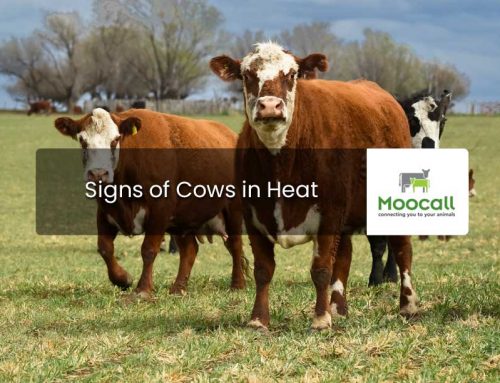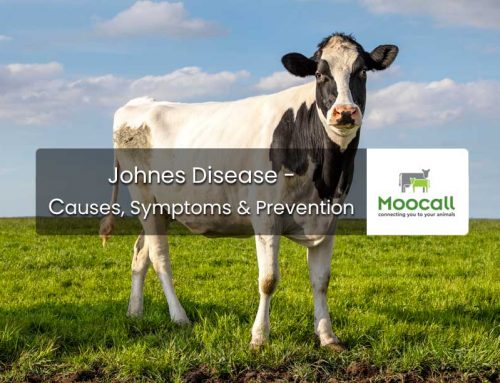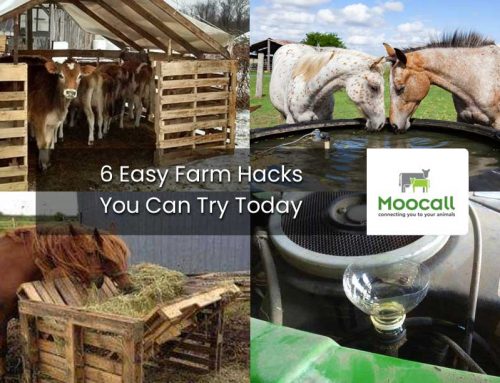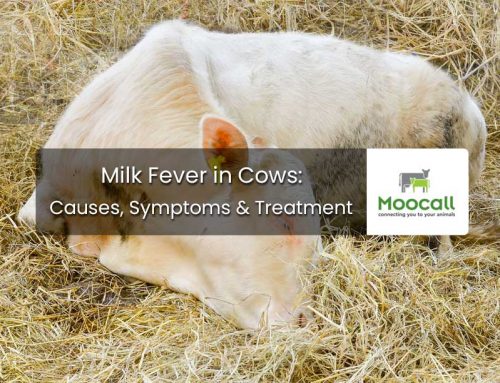Bulls are among the most dangerous domesticated animals due to their size, strength and unpredictable temperament.
For this reason, farmers need to behave with extreme caution at all times around them, even if the bull seems docile.
You need to know what to look for if bull is threatening you, how to get out of that bind, and how to prevent yourself from getting into it in the first place.
Here are a few tips that we should all follow when keeping and handling a bull.
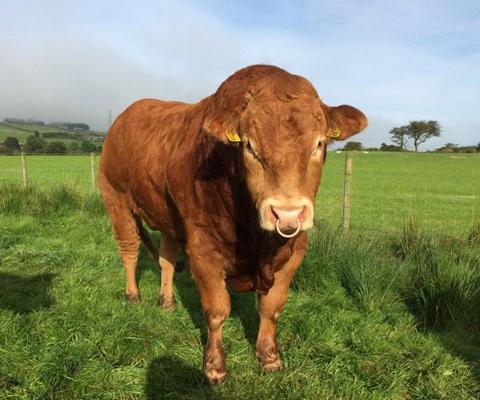
Article Chapters
Never EVER turn your back on a bull.
It is often said that a farmer should never trust a younger bull even if he is quiet, because he is unpredictable. But even if he is older, no matter how quiet the bull, he has the potential to turn on you.

If you are cornered by a bull, do not run.
So you’ve found yourself cornered by a bull, and you’re in his flight zone. The bull is giving you the full broadside view, his eyes are bulging, and his head is shaking.
Common sense tells you to run. Don’t. He will chase you.
If this happens, slowly leave his flight zone, but as mentioned before do not turn your back on him.
If you withdraw to about 20 feet, the encounter will subside, and the bull will turn away.

Keep children away from bulls.
This doesn’t need explaining. No matter how docile the bull, do NOT let children near him.
Socialise the bull
If a bull has not been properly socialised to his own kind, he can be extremely dangerous.
Once a bull calf matures at age two, his instincts will tell him to challenge the top bull in the herd. If the bull hasn’t been given a chance to interact with other cattle, he will think he is a person.
Because of this, he will think the farmer is the ‘top bull’, and he will attempt to exert dominance over him and the ‘herd’.

This can result in dangerous attacks on people.
However a study from the University of California has shown that bull calves raised in groups were much less likely to attack people than bull calves raised in individual pens. When they are raised with their own kind, they know who they are and they are less likely to think that people are part of the herd.
Recognise when a bull is giving you a threat display.
If you are near a bull and he is standing perpendicularly to him (imagine the letter T), be cautious. This may be a threat display.
They stand like this, and arch their neck, to show off their largest profile to encourage you to back off because he thinks you might be challenging him.
When the bull does this, he is in a state of fight or flight and is at his most dangerous.

If you have not withdrawn from his flight zone by now, the broadside stance is usually followed by putting his head down and occasionally shaking it from side to side, protruding eyeballs and erection of hair along the back.
The bull is threatening you directly when he turns his neck towards you, faces you head on, with his head lowered and shoulders hunched.
It is common for the bull to then paw the ground with his front feet and send dirt flying behind or over his back. It is also common for him to rub or horn the ground.
If you spot any of these behaviours in the bull you should get out of there as soon as possible.

It cannot be reiterated enough that the bull is the most dangerous domesticated animal out there, and great care needs to be taken with them.
This is one of the reasons the Moocall HEAT device is so brilliant; the heat detection collar it requires minimum handling once it’s on the bull. Because the battery can last for 60+ days, you only need to get up close and personal with your bull when it’s absolutely necessary.

Learn more about Moocall HEAT here: https://moocall.com/pages/moocall-heat-information

